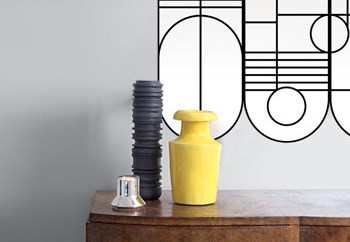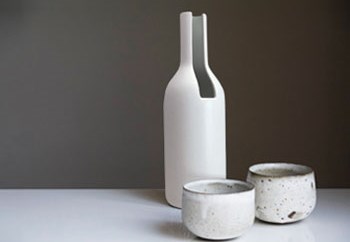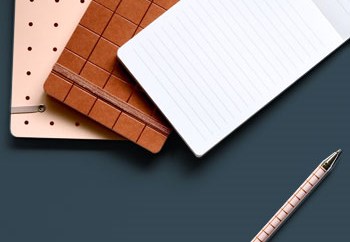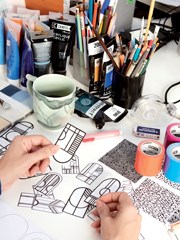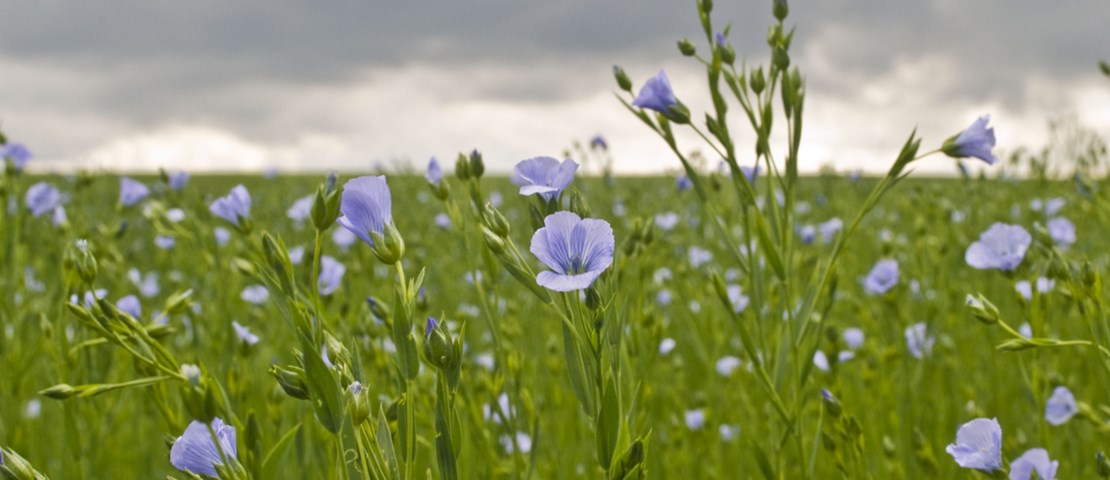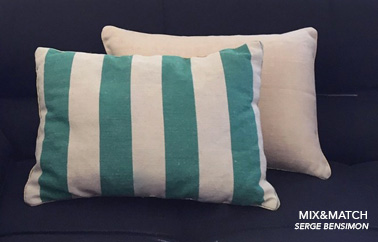Even though we knew that linen was a natural fibre with a long history, we could hardly have imagined that this fibre is mainly grown in Europe (80% of the linen in the world) from Caen to Amsterdam : A true European and ecological exception, provided by a well-endowed nature and encouraged by multitudes of companies with in- credible know-how, certified Masters of Linen®*. From Belgium to Italy via France, from the field to the spinner, we will tell you all you need to know about this exceptional fibre.
GROWING
Sown (certified GMO) between mid- March and mid-April, attaining a flowering height of 1 meter after 100 days, flax grows quickly and needs no irrigation.
PULLING
All the contrary to wheat, you don’t cut flax! You pull it up in order to preserve the whole length of fibres in the stem!
These are them immediately placed in windrows on the ground itself.
RETTING
This is the first phase of transforming the plant into fibre, the alternating sun and rain that lets the flax ret. Thanks to the action of the micro-organisms and bacteria naturally present in the soil, retting (from July to September) eliminates the pectins which bind the fibres to the ligneous part of the plant.
SCUTCHING
Scutching is a mechanical process for extracting the flax fibres contained within the outside cover of the stem and separate them from the woody center, through rippling, drafting, breaking and threshing. Scutching produces long fibres (the most noble kind) as well as short fibres.
COMBING
When combed the fibres are laid parallel, calibrated and stretched into continuous, soft and glossy ribbons.
SPINNING
Comparable to the methods used for champagne and cognac, the ribbons from different fields, regions and years are blended in order to obtain roving of the best possible quality and constancy over time. The spinning of these rovings varies depending on the type of thread to be produced: “wet spinning” for fine yarns, “dry spinning” for thicker yarns.
WEAVING
A fabric is the result of the crisscrossing of warp yarns in the fabric’s length and weft yarns crossways. The rhythms this intertwining undergoes – weaves – create the fabric’s pattern and texture. The exceptionally broad range of possibilities, combined with the choice of thicknesses and thread effects make it possible to develop a multiplicity of creative fabrics for fashion, home linens, decoration, and so on.
*A traceability label of linen 100% Made in Europe, from field to yarn to fabric.


